Antalya, nestled on the stunning Mediterranean coast of Turkey, is a treasure trove of history, natural beauty, and cultural heritage. This picturesque city has something for every traveler, from pristine beaches and awe-inspiring landscapes to well-preserved historical landmarks that trace their roots back to ancient civilizations.
Hadrian’s Gate: A Triumphal Welcome
History: Hadrian’s Gate, built in AD 130 to honor Emperor Hadrian’s visit to Antalya, is a stunning example of Roman architecture. The gate’s intricate design and detailed reliefs make it a must-visit historical landmark.
Cultural Significance: This ancient archway welcomes visitors to the historic city center and serves as a symbol of Antalya’s rich heritage. It’s a reminder of the city’s importance in the Roman Empire and its role as a crossroads of cultures throughout history.
Antalya Old Town (Kaleiçi): A Living Museum
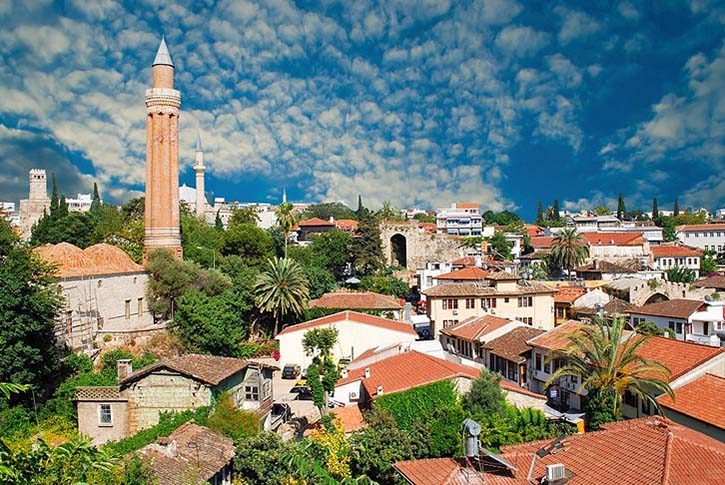
History: The Old Town of Antalya, known as Kaleiçi, is a well-preserved medieval quarter dating back to Roman times. Its labyrinthine streets, historic houses, and ancient city walls evoke a sense of timelessness.
Cultural Significance: Kaleiçi is a living museum, where you can wander through centuries-old architecture, visit Ottoman-era mosques, and explore the vibrant bazaars. It’s a place where history meets contemporary life, making it a must-visit for history buffs and culture enthusiasts.
Aspendos Theater: Ancient Spectacle
History: Aspendos Theater, one of the best-preserved Roman theaters in the world, was built in the 2nd century AD. Its remarkable acoustics and grand architecture make it a testament to Roman engineering.
Cultural Significance: While the theater’s historical significance is undeniable, it continues to be a venue for live performances and cultural events. Attending a concert or play here allows visitors to experience the amphitheater’s original purpose—a place of entertainment and artistic expression.
Perge: A Glimpse into Ancient Life
History: Perge, an ancient Greek city that later became Roman, boasts well-preserved ruins that date back over 2,000 years. Its grand colonnaded streets, theaters, and baths provide insight into daily life in antiquity.
Cultural Significance: Walking through Perge is like stepping back in time. The site’s archaeological remains offer a window into the past, showcasing the grandeur of ancient civilizations. The city’s historical and cultural significance makes it a UNESCO World Heritage Site.
Antalya Museum: Treasures of the Past

History: The Antalya Museum houses a vast collection of artifacts from the region’s ancient civilizations, including the Hittites, Phrygians, and Lydians. Its exhibits span millennia, offering a comprehensive look at the area’s history.
Cultural Significance: The museum is a treasure trove of cultural heritage. It allows visitors to connect with the past through exquisite artifacts, sculptures, and ancient relics. It’s a place where history comes to life, and the city’s cultural roots are on full display.
Düden Waterfalls: Nature’s Masterpiece
Scenic Beauty: The Düden Waterfalls, a series of cascades formed by the Düden River, are a natural wonder near Antalya. The Upper Düden Waterfall plunges from a height of 15 meters into a dramatic gorge, while the Lower Düden Waterfall flows directly into the Mediterranean Sea.
Cultural Significance: While the falls themselves are a testament to nature’s beauty, they also have cultural significance. The surrounding parks and picnic areas provide locals and tourists alike with a place to relax and enjoy the outdoors, making them an integral part of Antalya’s leisure culture.
Sunken City of Kekova: Underwater Time Capsule
History: The Sunken City of Kekova, also known as Simena, was once a bustling Lycian city. It was partially submerged by an earthquake in the 2nd century AD, creating a unique underwater archaeological site.
Cultural Significance: The Sunken City is a window into Lycian history, with submerged ruins and ancient tombs beneath the crystal-clear waters. It offers a glimpse into the mysteries of the past and showcases the interplay between nature and culture.
Antalya’s Beaches: Natural Beauty and Leisure
Scenic Beauty: Antalya’s pristine beaches along the Mediterranean coast are a testament to its natural beauty. The turquoise waters, golden sands, and lush landscapes make them a top attraction.
Cultural Significance: While beaches may not have historical ruins, they play a crucial role in the city’s culture and lifestyle. Locals and tourists alike gather at these coastal spots to relax, swim, and enjoy the Mediterranean ambiance—a cultural tradition that has endured for generations.
Antalya’s landmarks are a testament to its rich history and cultural heritage. From ancient Roman architecture to underwater archaeological sites, this city offers a diverse range of attractions that cater to history enthusiasts, nature lovers, and leisure seekers alike. As you explore these captivating landmarks, you’ll gain a deeper appreciation for Antalya’s unique blend of past and present. Whether you’re strolling through the Old Town, marveling at ancient theaters, or relaxing on the beaches, Antalya’s cultural treasures and natural beauty will leave an indelible mark on your travel memories.
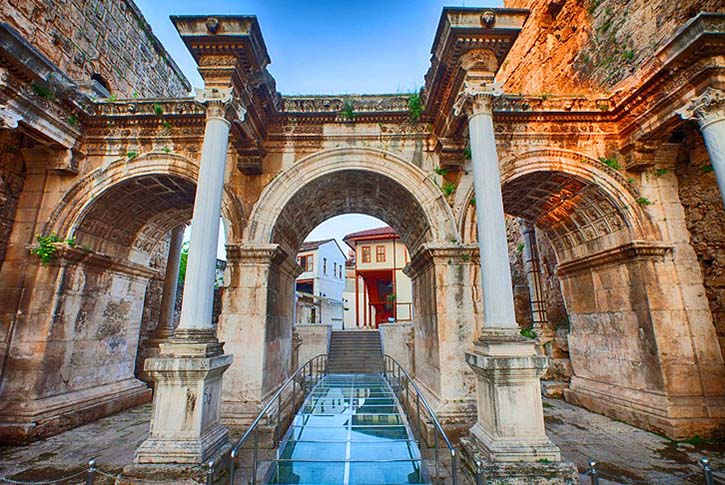

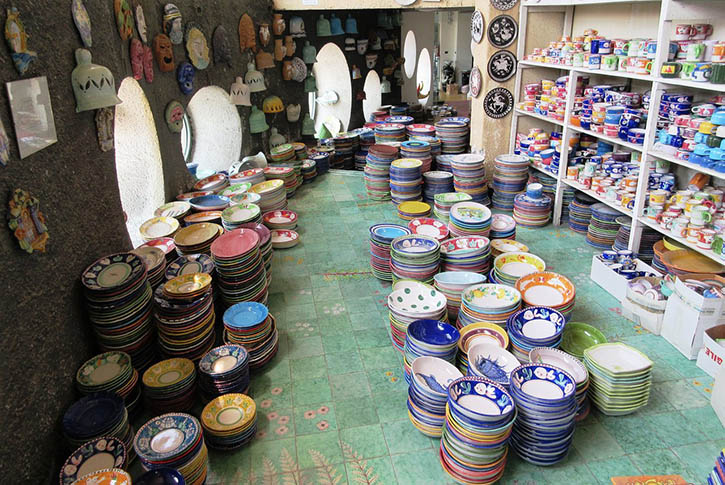

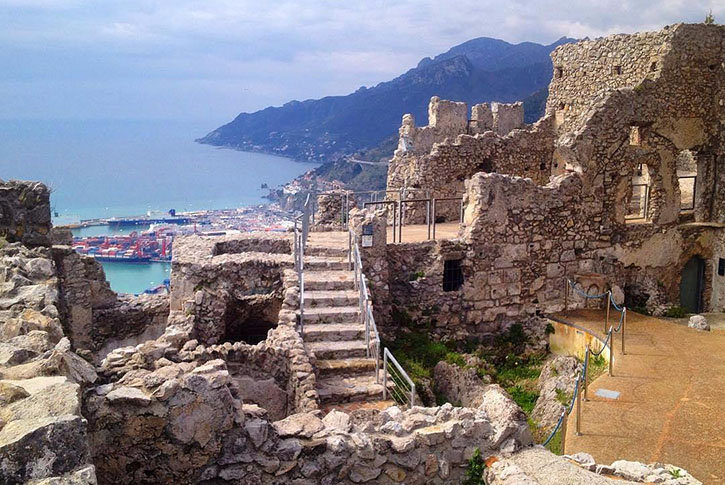

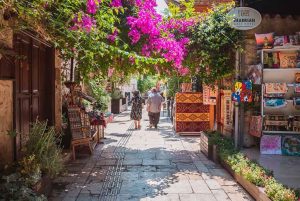
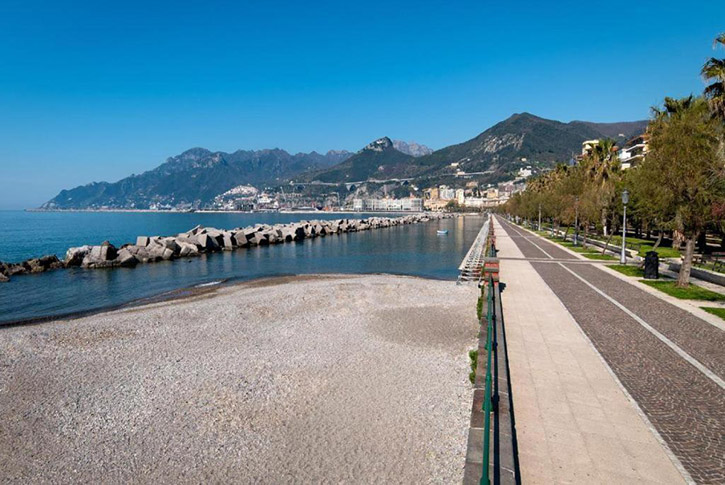

+ There are no comments
Add yours